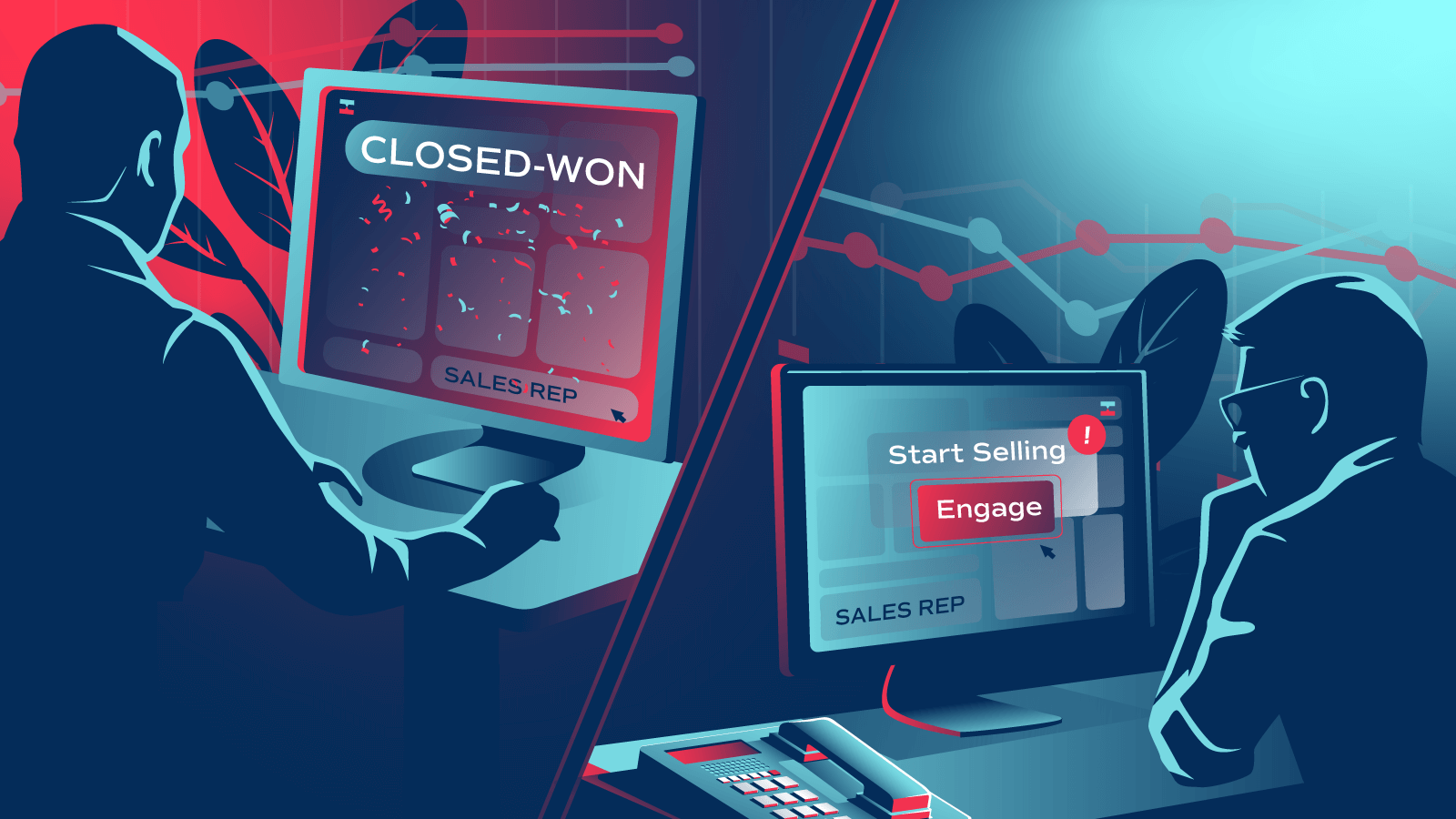Despite its age, email is still the backbone of most business workflows. Which means if you’re in the B2B SaaS space, it’s not “if” you’ll need to integrate with them — it’s when.
 As part of our Ecosystem Guidebook, we analyzed the partner ecosystems of 32 email service providers and one thing became strikingly clear:
As part of our Ecosystem Guidebook, we analyzed the partner ecosystems of 32 email service providers and one thing became strikingly clear:
ESPs are rapidly building out their platforms or looking to partnerships to satisfy more use cases (think: Mailchimp transiting from a traditional email provider to an email provider that also does landing pages, transactional emails, and so on). They’re shapeshifting before our eyes.
Say goodbye to traditional email service providers (ESPs) and hello to their new-and-improved, bundled, marketing-automation-selves.
When thinking about your entry point to the ESP ecosystem, look for ways to fill in those omni-channel use cases your partner’s product may be missing — for instance, SMS, social media messaging, and website personalization functionalities.
With the right strategy, you can help your partner pave the road they’re already pointing their high-beams at (a win, win!). Here are three strategic moves we’ve found:
Entry Point #1: Help Fill Out the Omni-Channel Use Cases
If you take a look at a marketing automation company like ActiveCampaign, you’ll notice they’ve got “orchestration,” “automation,” “personalization,” and “segmentation.” That’s a lot of “ations” they’ve built into their platform over the years.
Just think of the functionality that an all-in-one platform with email at its core requires:
- Template building
- List segmentation
- Personalization (more here in Trend #4)
- SMS messaging
- Integration with other channels, like social media and SMS
- Content management system integrations
- Knowledge management system integrations
If your product supports any of these cases, you are an ideal future partner for an ESP as they expand their use cases.
Entry Point #2: Find Ways to Elevate Omni-Channel Innovations
Keep an eye on new developments from your potential partners, and think about how your product can level them up.
Did you know that Mailchimp’s landing page feature became their most popular offering in 2018? And, according to TechCrunch, a partnership with Square helped them transition from landing pages for lead capture to landing pages for sales.
The partnership between Mailchimp and Square made for an easy setup for shop owners — even those who didn’t have an ecommerce shop previously — and a faster sales process for consumers. Through somewhat of a side door (and a relatively innocuous feature), Square tapped into a whole new market.
Hey, you (👋)! How could you help an ESP enhance their latest product initiative to open up a new layer of opportunity? It can get a little tricky (especially since even Mailchimp’s CEO thought the whole landing page thing was dumb at first, according to Inc.).
If you think of the ESP ecosystem as more of a communications ecosystem, it all becomes a little more obvious — email touches nearly every B2B workflow, so even seemingly insignificant innovations from ESPs can open the floodgates to opportunity for their partners.
That’s a lot of potential customers looking for more best-in-breed tools (that’s you) to work hand-in-hand with their preferred email service provider.
Entry Point #3: Know This: Even the All-in-Ones Need You
Worried you’ll never get the accounts that love their all-in-ones? Fear not because:
- Even the all-in-ones want to partner with companies that can round out their solution, feeding a growing desire from their customers (think: using customer.io with Salesforce, rather than using Salesforce Marketing Cloud)
- Enterprise customers can afford and want to mix best-in-breed solutions with their all-in-one platforms (even if they overlap in use cases)
The all-in-ones can try to meet all of their customers’ needs (to a point), but they simply can’t do it all perfectly. Enterprise customers in particular have financial flexibility in building out their tech stacks, so why not make it the best? Plus, through the ripple effect of SaaS, countless integrations exist to feed that flexibility.
Give the all-in-one customers what — a seamless experience between their all-in-one and their favorite specialized tool, <insert your product here>.
You’ll find more on this in our Ecosystem Guidebook — our curated guide for partner managers like you who are looking to join the ESP ecosystem and make the most of it.
About The ESP Ecosystem Guidebook
Like any good explorer (or partner manager), it’s helpful to have a guide for navigating the lay of the land. The ESP ecosystem is no different. If you’re asking yourself, what even is the ESP ecosystem, (long exhale) we’re with you.
That’s why we did the prep for you. We developed an Ecosystem Guidebook to help you make your move into the ESP ecosystem with all the right knowledge at your behest (Ah, reminds us of a time when we mapped the ecommerce ecosystem). Hey, back over here!
To create our ESP Ecosystem Guidebook, we turned to Partnerbase — our database of over 50,000 partner ecosystems. We analyzed 32 ESP ecosystems, excluding the large cloud ecosystems like Salesforce and Google, and talked to industry experts to gather insights from the field.
 The ESP ecosystem. Source: Partnerbase
The ESP ecosystem. Source: Partnerbase
Think of this guidebook as your travel guide to the ecosystem. It’ll tell you the lay of the land (the nuances, the categorization, and the trends), share insights from the locals (like experts from Mailchimp, ActiveCampaign, and HubSpot), help you determine your best travel route (or entry points), and help you map your “next steps” itinerary (or partnerships strategy).
So, go on, explore this exciting, confusing (excitingly confusing?), nuanced, and at times chaotic ecosystem that’s full of opportunity.
Turn your ecosystem into your #1 revenue source
Get started in under a minute. Instantly capture insights from your partners. Identify more opportunities. Did we mention it’s free?










